Planting too close
Michael AKA Leekle2ManE
10 years ago
Featured Answer
Sort by:Oldest
Comments (6)
fawnridge (Ricky)
10 years agolast modified: 9 years agoRelated Professionals
Wilmington Landscape Contractors · Battle Ground Landscape Contractors · Fruit Heights Landscape Contractors · Gallatin Landscape Contractors · Pahrump Landscape Contractors · Rancho Santa Margarita Landscape Contractors · Watertown Landscape Contractors · Winchester Landscape Contractors · Draper Decks, Patios & Outdoor Enclosures · Grand Rapids Decks, Patios & Outdoor Enclosures · Jupiter Decks, Patios & Outdoor Enclosures · Pittsburgh Decks, Patios & Outdoor Enclosures · Pueblo West Decks, Patios & Outdoor Enclosures · Salisbury Decks, Patios & Outdoor Enclosures · South Glastonbury Siding & ExteriorsKaraLynn
10 years agolast modified: 9 years agofawnridge (Ricky)
10 years agolast modified: 9 years agoamberroses
10 years agolast modified: 9 years agoMichael AKA Leekle2ManE
10 years agolast modified: 9 years ago
Related Stories
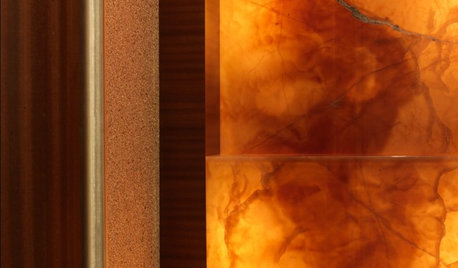
DECORATING GUIDESI'm Ready for My Close-Up: Beautiful Building Materials
Look closely, and soak up the beauty in some favorite details of fine home design
Full Story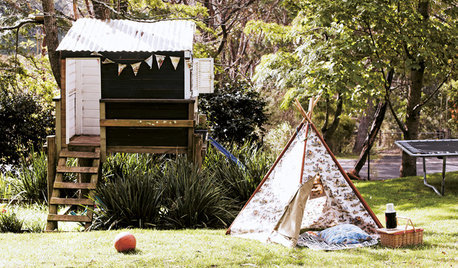
LIFEFun Family Activities as Close as Your Backyard
Shake up your daily routine with these creative ideas for spending time together
Full Story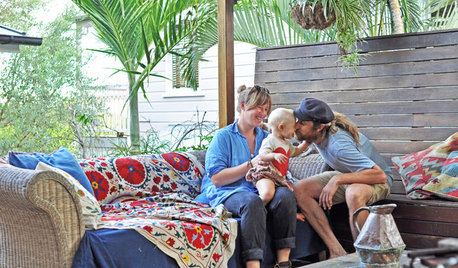
MY HOUZZMy Houzz: Family Is Close at Hand in a 19th-Century Brisbane Cottage
An Australia couple’s updated home in the city’s leafy hills pays homage to residents past and present
Full Story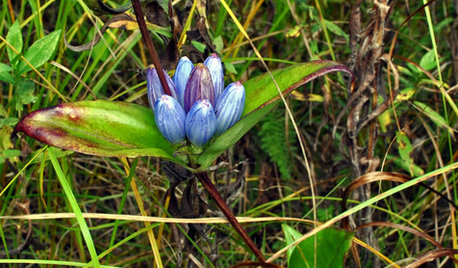
GARDENING GUIDESGreat Design Plant: Gentiana Andrewsii
If you’re a fan of closed flowers every autumn, then today is your lucky day!
Full Story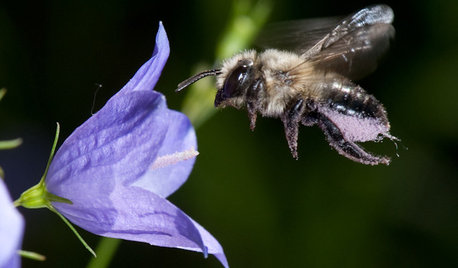
NATIVE PLANTSGreat Design Plant: Color Outside the Lines With Bluebell Bellflower
Plant this Campanula on pathway and patio edges for shots of bright blue from May through September
Full Story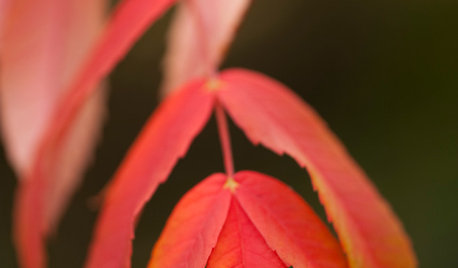
GARDENING GUIDESGreat Design Plant: Rhus Glabra
Smooth sumac provides powerful jolts of fall color and persistent fruit clusters that add interest through the winter
Full Story
GARDENING GUIDESGreat Design Plant: Cephalanthus Occidentalis
Buttonbush is an adaptable woody shrub with delightful pincushion flowers
Full Story
GROUND COVERSNative Alternatives to English Ivy, Japanese Pachysandra and Periwinkle
These shade-loving ground covers are good for the environment and say something about where you are
Full Story
GARDENING GUIDESGreat Design Plant: Butterfly Milkweed, a Beacon in the Prairie
Vivacious orange flowers for you, nectar for the butterflies and bees. Asclepias tuberosa is worth planting for more reasons than one
Full Story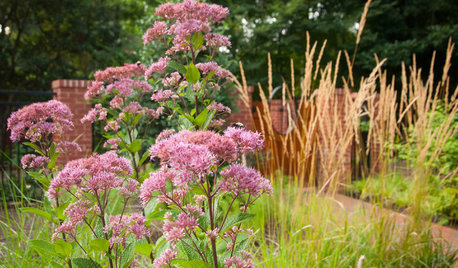
GARDENING GUIDESGreat Design Plant: Eutrochium Maculatum
Sculptural, slightly tropical looking and a boon to wildlife, Spotted Joe Pye Weed is a gotta-have plant in many parts of the U.S.
Full StoryMore Discussions








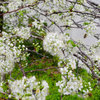
loufloralcityz9